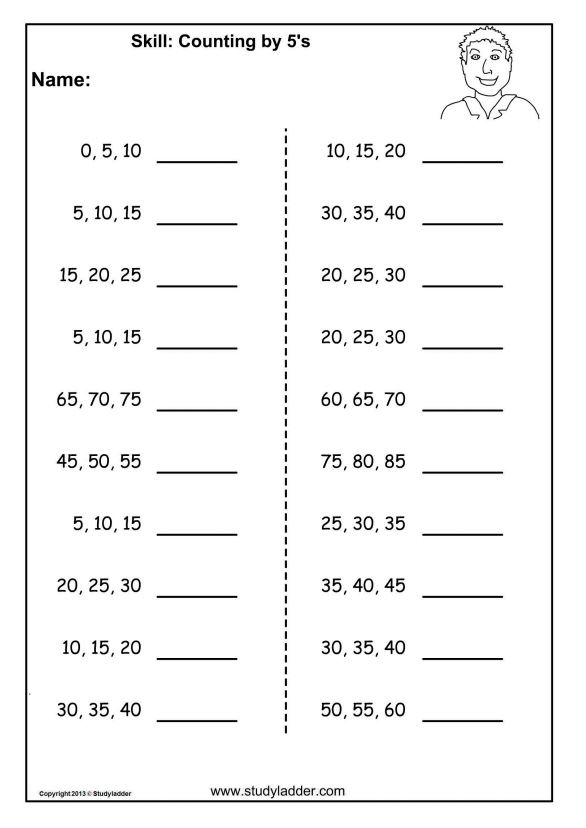Counting by 5
- Grade: Grade 2
Activity type: Printable
To save results or sets tasks for your students you need to be logged in. Join Now, Free
Counting by 5
- Course
Mathematics - Grade
Grade 2 - Section
Multiplication - Outcome
Counting on by five on a number line - Activity Type
Printable - Activity ID
5398

